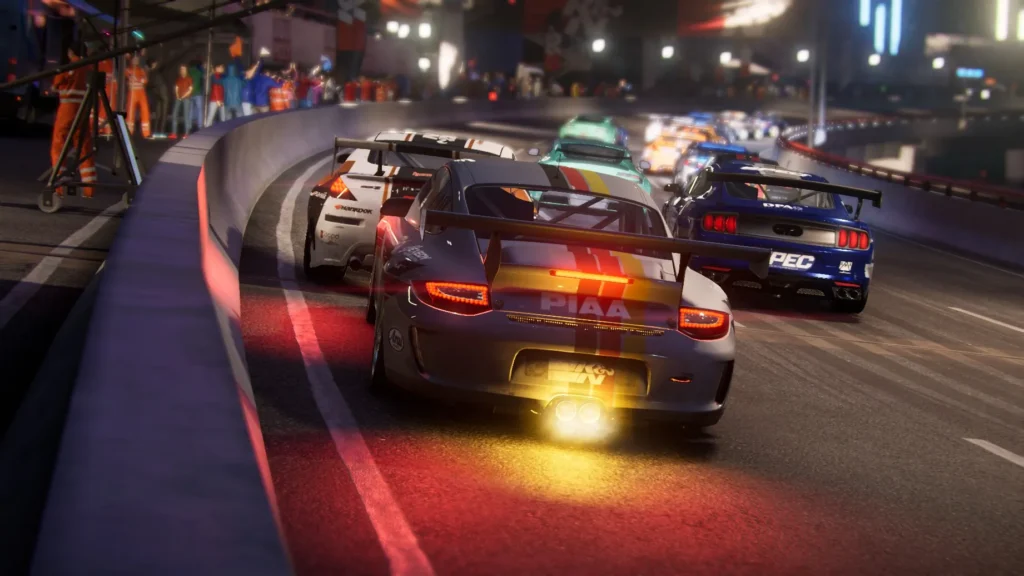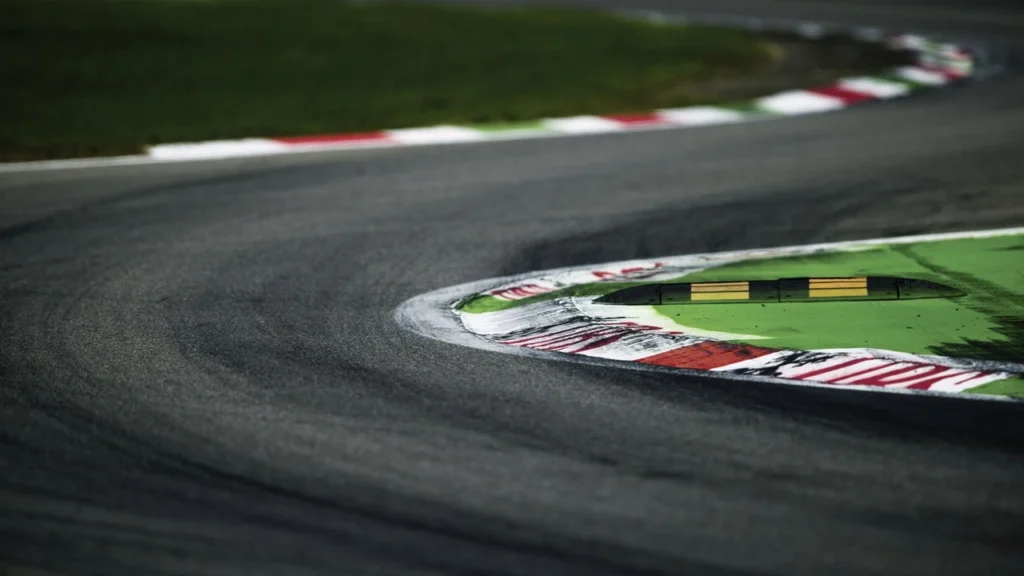Racing games are often associated with high-speed thrills, stunning graphics, and intense competition. However, in recent years, developers have been exploring the incorporation of storytelling elements into the genre, adding depth and narrative-driven experiences to the adrenaline-fueled action. In this article, we delve into the evolving role of storytelling in racing games and its impact on player engagement and immersion.

Setting the Scene:
Traditionally, racing games have focused primarily on gameplay mechanics and racing realism, with little emphasis on narrative or storytelling. Players would select their vehicle, choose a track, and compete in a series of races with the ultimate goal of crossing the finish line first. While this formula has been successful for many years, it lacked the depth and emotional resonance found in other genres.
The Rise of Story-Driven Experiences:
In recent years, however, there has been a notable shift in the approach to storytelling in racing games. Developers have begun incorporating narrative elements into their games, ranging from character-driven storylines to immersive world-building. Games like “Need for Speed: The Run” and “Forza Horizon” have embraced this trend, offering players engaging narratives that unfold as they progress through the game.
Character Development and Progression:
One of the key ways in which storytelling enhances the racing game experience is through character development and progression. In games with a narrative focus, players assume the role of a protagonist who embarks on a journey to become a racing legend. As they progress through the game, they encounter rival racers, form alliances, and overcome obstacles, all while experiencing personal growth and development.
Read also about: From Split-Screen to Global Competition.
Immersive World-Building:
Another aspect of storytelling in racing games is the creation of immersive worlds that draw players into the game’s universe. From bustling city streets to scenic countryside roads, developers have crafted richly detailed environments that serve as the backdrop for epic racing adventures. Whether exploring the neon-lit streets of a futuristic metropolis or tearing through the rugged terrain of a desert landscape, players are transported to worlds brimming with atmosphere and atmosphere.

Enhanced Player Engagement:
By incorporating storytelling elements into racing games, developers have succeeded in enhancing player engagement and immersion. Players become emotionally invested in the game’s characters and narrative, driving them to push harder, race faster, and overcome greater challenges. The combination of adrenaline-pumping racing action and compelling storytelling creates a truly unforgettable gaming experience that resonates long after the final lap is completed.

Looking to the Future:
As technology continues to advance and storytelling techniques evolve, the future looks bright for narrative-driven racing games. With the potential for virtual reality, augmented reality, and other immersive technologies, developers have unprecedented opportunities to create even more immersive and captivating experiences. Whether weaving intricate storylines or crafting expansive open worlds, storytelling will undoubtedly play a pivotal role in shaping the future of racing games.
Conclusion:
Storytelling has emerged as a powerful tool for enhancing immersion and player engagement in racing games. By weaving compelling narratives, developing richly detailed worlds, and creating memorable characters, developers are transforming the genre into a storytelling powerhouse. As players continue to seek deeper and more meaningful experiences, the role of storytelling in racing games will only continue to grow in importance.


